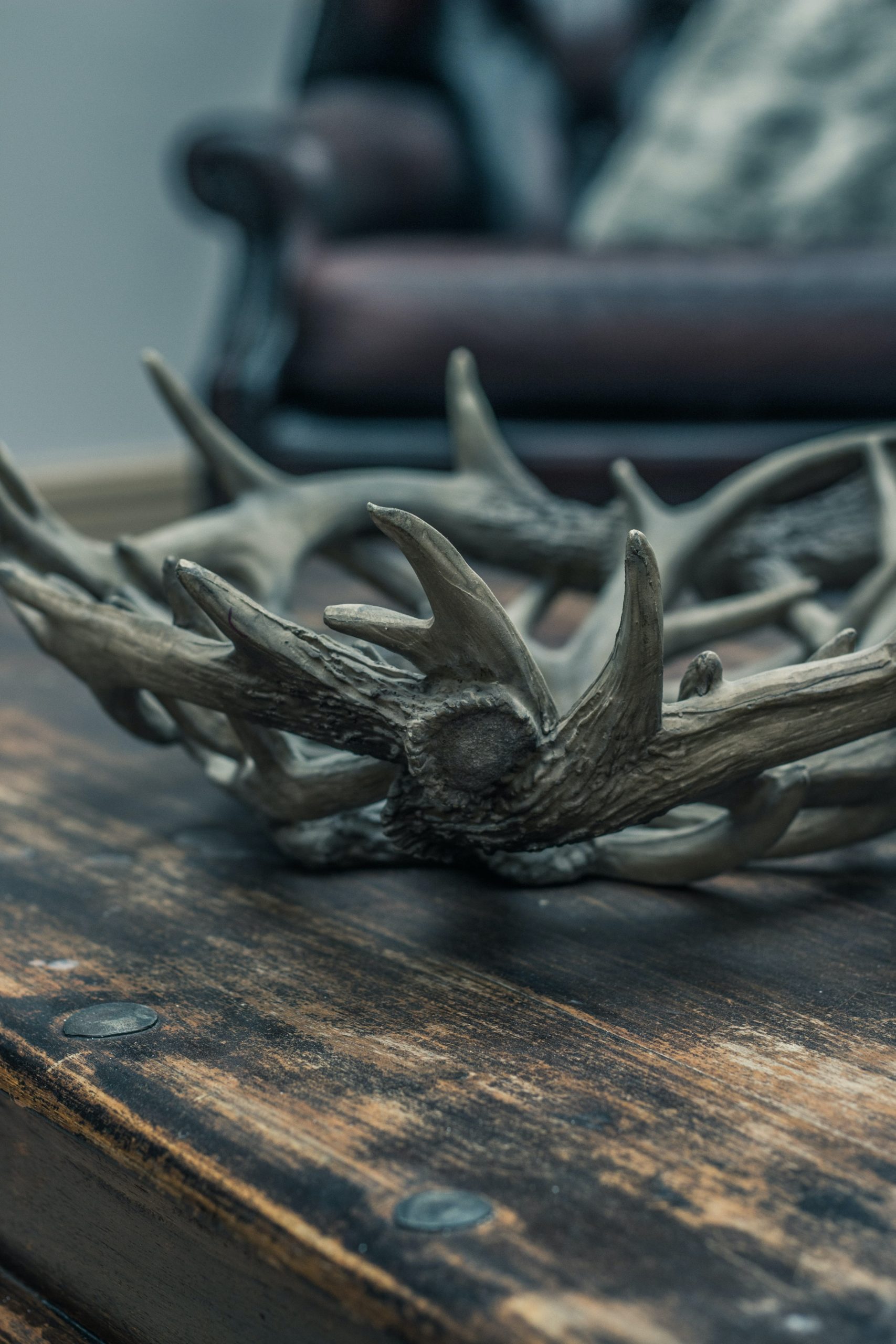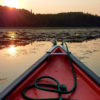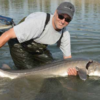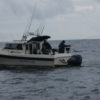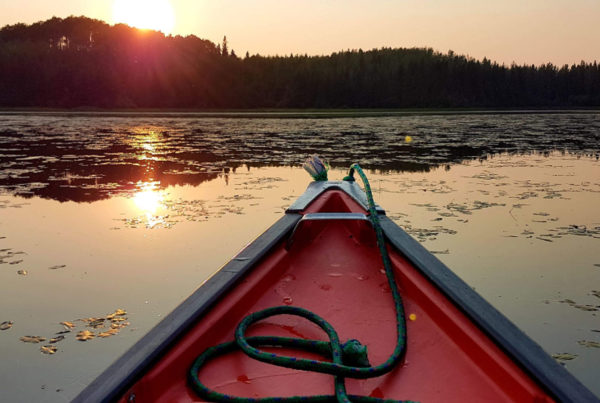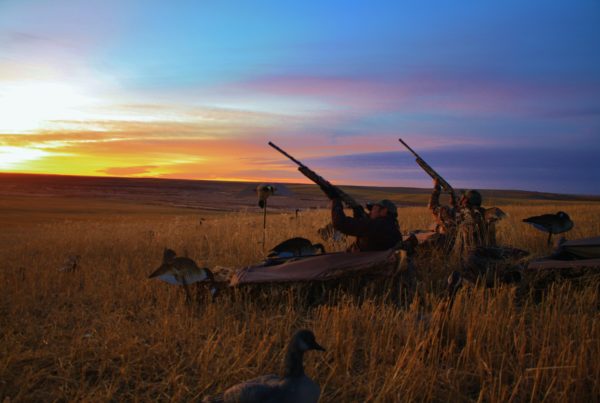With warmer weather on the horizon, it is time to start thinking about getting outdoors more and more in the coming months. With spring comes the melting of snow uncovering treasures that have been buried throughout the winter. Deer start dropping their antlers throughout the winter, commonly from January to March and most have dropped by April. Late March into April is a good time to start shed hunting as the colder months are behind us and the animals have started moving from their winter refuges and expand into more of their summer habitat.
Shed hunting gives us a great excuse to get out of the house and shrug off those winter blues and get some exercise in the shoulder season before spring bear seasons open. It is important to note that shed hunting too early in the season or too frequently can lead to pushing the animals out of their wintering grounds causing them undue stress at a crucial time of year. It is best to plan ongoing once the weather is warming up and the snow is melting to provide a wider variety of quality habitats for the animals to move into if you happen to push them from the area.
There is a lot to be learned from taking a walk through the woods looking for signs of what the deer have been up to over the winter. You can learn about fall and winter bedding areas, feeding areas, scrapes, rubs and trails and start to get the sense of what the animals have been up to over the past few months. Another positive bonus is that once you start finding those elusive antlers you learn which animals have survived through the winter and what bucks are in the area. Finding sheds of the bucks in the area can start the ball rolling on plans for next fall.
Equipment
In Alberta, naturally shed wildlife parts, such as antlers, can be kept or sold without a special permit, as long as they were found outside of a provincial or national park or another protected area. If you have found a skull, bone, or any other wildlife part that you are hoping to keep, contact the nearest Fish and Wildlife office.
There really is not much equipment required to go out shed hunting other than a good pair of boots, some waterproof pants or gaiters and layers to keep you at the right temperature. I always like to bring along binoculars when I go out as you can use them to search areas for sheds or check out animals if or when you see them. If you are going out on a longer hike into the backcountry it is always a good idea to take a day pack with your survival kit in case something were to happen.
Where to look?
Both public and private land will have wintering deer on them. If you’re shed hunting on public land be sure to know where you are and ensure you let someone else know where you will be. If shed hunting on private land make sure you have contacted the landowner and have received permission to be on their property before venturing onto their land.
Deer spend much of their time in the winter between just a few different areas. Looking for bedding areas, feeding areas and the trails between them is key. In the cold Alberta winters, deer tend to concentrate in areas with cover but also south or east-facing slopes to soak up that sun when it does peek out. Starting with these areas and looking for tracks to indicate deer activity is the key to finding an area to start looking for sheds. When looking for trails that the animals are using look particularly at spots where the animals may have to jump over a fence or downed tree. The impact and movement of jumping may dislodge a loose antler.
Bedding areas will typically consist of areas of dense cover where the animals will spend the majority of their day resting and staying away from predators. Look for dense patches of trees, shrubs, and other coniferous cover on south facing slopes to start with and try to find deer sign and trails leading into or out of the cover. Look for dips, ravines and other natural cover that animals will seek for protection from the prevailing winds as well.
Feeding areas in the winter will be concentrated and are a good place to search for sheds as the antlers can be easily knocked loose during feeding. Look for woody vegetation and signs that deer have been feeding anywhere from ground level to about five feet off the ground. Saplings, buds and branches are their main target as well as other similar vegetation. These foods don’t provide much nutritional value so there will be frequent trips to higher quality food sources. High quality food sources for woody vegetation will be near edges of fields, cut blocks, or areas without a dense canopy.
What to look for?
Looking for antlers on the ground is a skill that has to be practiced and once you start looking and training your eyes what to look for you will start to find more sheds. Start by looking for the general shape of the antler, or the curves as it would be lying on the ground. Start small, looking for smaller objects will help you train your eyes to see a tine of a larger antler, rather than concentrating on looking for the whole antler itself. Look for the colour of the tines sticking through the snow or undergrowth in the area you are in. Going out on a bright sunny day may seem like a good idea because it is warmer and you are more willing to be out there for longer, however, on cloudy days it is easier to spot the antlers in the snow. This is because when it is sunny the snow will reflect the light back towards you causing snow blindness and leads to missing antlers that would otherwise be found. When the antlers are under the snow or just poking through, they will often soak up more heat than the surrounding snow and have a small gap around the tines which can help in finding them if the conditions are right.
Walk slowly as you are out looking for sheds as they are not easy to spot at times. As you’re walking and get into an area with lots of animal sign look around often from different angles both high and low to see the ground from a different perspective. Once you do find an antler start looking in the immediate area for the other antler of the pair. Often when a buck looses an antler they do not like the lopsided feeling of only having a single antler and they will begin to shake their heads which often dislodges the other antler. So if there is one lying on the ground the other might be nearby! Start slowly walking in semi-circles around where you found the first one and try to locate additional antlers.
Once you start finding shed antlers you will start to notice that they become easier to find over time. You can find sheds year round, however, there is competition from the two-legged and the four legged variety so often people are more successful as the snow is melting in the late spring. Good luck, stay safe and have fun if you decide to go out shed hunting this spring!
